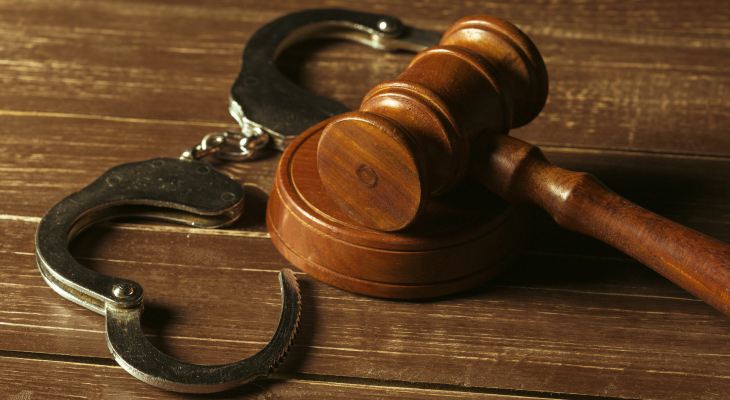
Assault is a serious criminal offence in Canada that can result in various penalties depending on the nature and severity of the act. If you are facing any kind of assault charges, it becomes important to hire an experienced assault lawyer to fight such charges.
In this blog post, we will explain the different types of assault charges in Canada and the factors that affect how they are prosecuted and sentenced.
What Is Assault?
According to the Criminal Code of Canada, assault is defined as:
“intentionally applying force to another person, directly or indirectly, without their consent; or attempting or threatening, by an act or a gesture, to apply force to another person, if he has, or causes that other person to believe on reasonable grounds that he has, present ability to effect his purpose; or while openly wearing or carrying a weapon or an imitation thereof, he accosts or impedes another person or begs.” (Section 265)
Therefore, assault can include any unwanted physical contact, such as hitting, pushing, grabbing, spitting, or throwing an object, as well as verbal threats or gestures that imply the use of force. It can also include accosting or begging someone while carrying a weapon or a fake weapon.
What Are The Types Of Assault Charges In Canada?
There are four main types of assault charges in Canada, each with different elements and consequences. They are:
Common Assault
This is the most basic and least serious form of assault. It involves applying force to another person without causing any bodily harm or using a weapon. For example, slapping, shoving, or punching someone.
The maximum penalty for common assault is six months in jail or a $5,000 fine, or both. (Section 266)
Assault With A Weapon Or Causing Bodily Harm
This is a more serious form of assault that involves using a weapon or an imitation weapon or causing bodily harm to another person. Bodily harm is defined as any injury that interferes with the health or comfort of the victim.
For example, stabbing, shooting, or breaking someone’s bone. The maximum penalty for assault with a weapon or causing bodily harm is 10 years in prison. (Section 267)
Aggravated Assault
This is the most serious form of assault that involves wounding, maiming, disfiguring, or endangering the life of another person. For example, cutting off someone’s limb, blinding someone, or causing permanent brain damage.
The maximum penalty for aggravated assault is 14 years in prison. (Section 268)
Assaulting A Peace Officer
This is a special category of assault that involves assaulting a peace officer, such as a police officer, a correctional officer, a firefighter, or a paramedic, while they are performing their duty or preventing them from performing their duty.
The maximum penalty for assaulting a peace officer is the same as the corresponding type of assault, plus an additional one year in prison. (Section 270)
Also Read: Understanding The Differences Between Sexual Assault, Harassment, And Sexual Misconduct In Canada
What Factors Affect How Assault Charges Are Prosecuted And Sentenced?
Assault charges are prosecuted and sentenced based on various factors, such as:
- The circumstances of the offence, such as the motive, the intent, the degree of force, the duration, the location, and the presence of any weapons or injuries.
- The characteristics of the offender, such as their age, criminal record, personal history, mental health, and remorse.
- The impact of the offence on the victim, such as their physical, emotional, and financial harm, their vulnerability, and their relationship with the offender.
- The public interest, such as the need to deter, denounce, rehabilitate, or protect the offender, the victim, or the society.
Depending on these factors, the Crown prosecutor may decide to proceed with the assault charge by way of summary conviction or indictment. Summary conviction is a less formal and less severe process that applies to less serious offences.
Indictment is a more formal and more severe process that applies to more serious offences. The choice of the mode of prosecution affects the maximum penalty and the availability of certain defences and options for the offender.
Additionally, the judge may impose various types of sentences for the assault charge, such as:
- A discharge means the offender is found guilty but not convicted and may have to follow certain conditions for a period of time.
- A fine, which means the offender has to pay a certain amount of money to the court or the victim.
- Probation, which means the offender has to follow certain rules and report to a probation officer for a period of time.
- A conditional sentence means the offender has to serve their sentence in the community under certain conditions, such as house arrest or curfew.
- A jail term, which means the offender has to serve their sentence in a correctional facility.
The judge may also order the offender to pay restitution to the victim, attend counselling or treatment programs, perform community service, or comply with a peace bond or a restraining order.
About Us
Slaferek Law is a highly trusted criminal law firm in Edmonton. We offer reliable legal services to clients facing various kinds of criminal charges, including assault charges. Our criminal defence lawyers are passionate about defending the rights and freedoms of our clients and ensuring that they receive fair and just treatment from the criminal justice system.
Contact us today for a consultation, and let us help you create an effective assault defence strategy.
